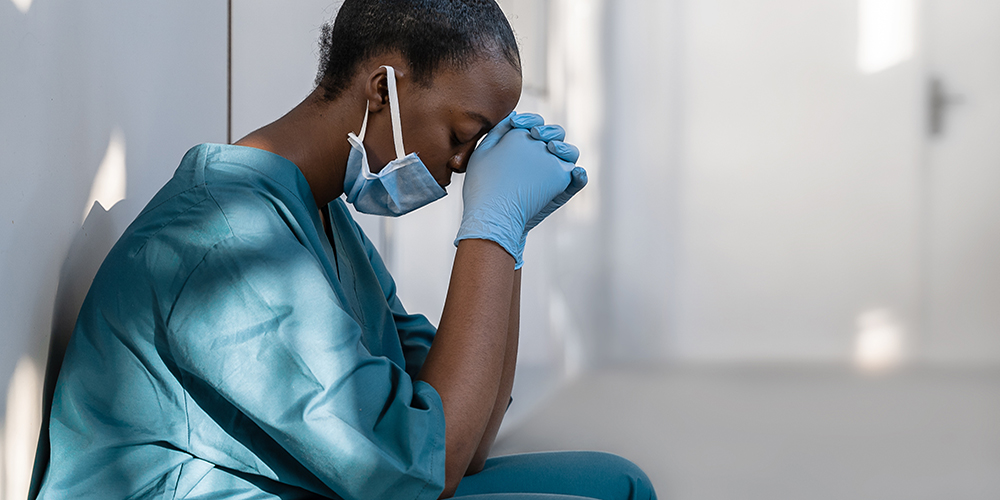Recent reports show hospitals across the country, particularly in the Midwest, are filling up with coronavirus patients as cases continue to rise.
According to data compiled by the COVID Tracking Project at The Atlantic, the United States broke its previous record of 60,000 hospitalized COVID-19 patients back in April when that number reached 73,000 last week.
The Atlantic’s COVID Tracking Project has found that as a rule of thumb, an increase in cases turns into an increase in hospitalizations approximately 12 days later. Over the past 12 days, the seven-day average for new cases jumped from less than 90,000 a day to 150,000 a day.
According to additional data from HHS, at the peak of the summer surge, the seven-day average of daily admissions topped 5,000. On Nov. 16, the same measure topped 10,000.
Although many hospitals currently have enough open beds to accommodate the increase in patients, another concern is a shortage in staff.
“We are short of staff all times, either because they have COVID or they have some other illness, and we need to rule out COVID before we bring them back to work,” University of Wisconsin Health CEO Alan Kaplan told CNBC last week.
Data from HHS shows from Nov. 4-11, 958 hospitals — or 19% of all American hospitals — faced a staffing shortage. This week, 1,109 hospitals reported that they expect to face a staffing shortage in the near future.
In eight states, the stats are even more concerning. This week, more than 35% of hospitals in Arkansas, Missouri, North Dakota, New Mexico, Oklahoma, South Carolina, Virginia, and Wisconsin said they are anticipating a staffing shortage.
Concerns regarding staffing shortages have led to some states taking extreme measures. Last week, North Dakota Governor Doug Burgum said that healthcare workers who have COVID-19 but are asymptomatic can be sent back to work in COVID units. The move is opposed by many, including the North Dakota Nurses Association.
Even without state mandates, a survey by National Nurses United conducted from mid-October to Nov. 9 found only 36% of hospital nurses are “always able to stay home when they have influenza or COVID-like symptoms.”
“We are depressed, disheartened and tired to the bone,” Alison Johnson, director of critical care at Johnson City Medical Center in Tennessee, told AP News.
Ballad Health system, located in the Appalachian mountains, warns that its workers are stretched so thin that without a change in course, its hospitals might have to start turning patients away. On Wednesday, Ballad reported having only 16 ICU beds available and 250 staff in isolation or quarantine.
In Texas, more than 5,400 extra medical personnel have been deployed to overworked hospitals as the number of hospitalized COVID-19 patients statewide neared 8,000 for the first time since this summer. In El Paso, morgues have started paying jail inmates $2 an hour to help transport the bodies of victims. In the Panhandle, roughly half of all admitted patients at Lubbock’s two main hospitals have COVID-19.
“There are only so many medical personnel to go around,” said Dr. Mark McClellan, a former head of the Food and Drug Administration.







